RESULTS & DISCUSSION: Figure 2 shows the hydrodynamic pressure distribution of tilting pad 1 under the condition of e (eccentricity) = 2um, Ω (shaft speed) = 3000 rpm. In Figure 2(a) a valley value showing up at the position of the central lubricant passage, which make the shape of the pressure distribution transform into a two-peak distribution and Figure 2(b) gives the contour map of pressure distribution in dimensional formation. The peak value of pressure is about 35 MPa and the pressure at the position of central lubricant passage is 10~15MPa. Figure 3(a) shows the non-dimensional hydrodynamic pressure distribution under the same operating condition, because the pad lead edge contact with the bearing shell, which result in a parabolic-shape section pressure in this position, this is agree with the previous analysis of the pad “posture”. Figure 3(b) shows the contour map of pressure distribution in dimensional formation. The pressure in the cavity is 14 MPa. Considering the varying eccentricity affect static characteristic, as the increase of the eccentricity of the bearing, the eccentricity of pad 1 increases and that of pad 2 and 3 decreases, the capacity of the bearing increases. For the main loaded pad 1, as the eccentricity increases, the lift height is decreases with a larger counterclockwise pitch angle and constant flow in the central lubricant passage.
CONCLUSION: A computer program was developed to predict the static characteristics of FPJB. We compared the results with reference [2], also with the results of lobed journal bearing and tilting pad journal bearing by reducing the model of FPJB. The agreement proved the program is valid to calculate the bearing static performance.
REFERENCE: [1] Hollingsworth, us patent 1970, [2] Nelson, Trans ASME 1977, [3] Hollingsworth, us patent 1977, [4] George, us patent 2000, [5] Harangozo, Tribo internationa
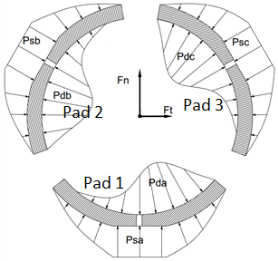
Figure 1 Configuration of FPJB (schematic diagram)
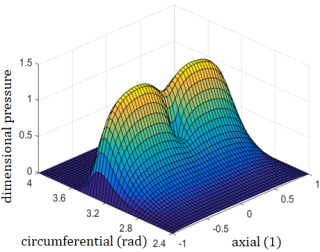
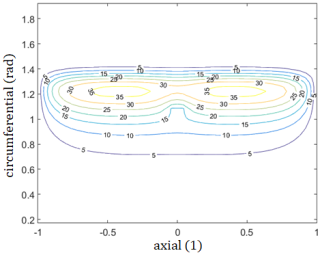
Figure 2 Hydrodynamic pressure distribution of tilting pad 1
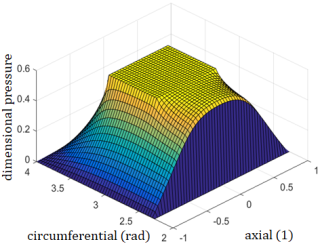
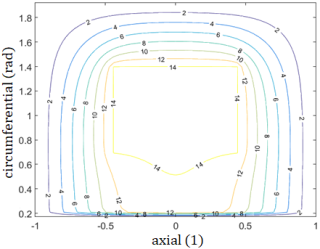 Figure 3 Hydrostatic pressure distribution of tilting pad 1
Figure 3 Hydrostatic pressure distribution of tilting pad 1